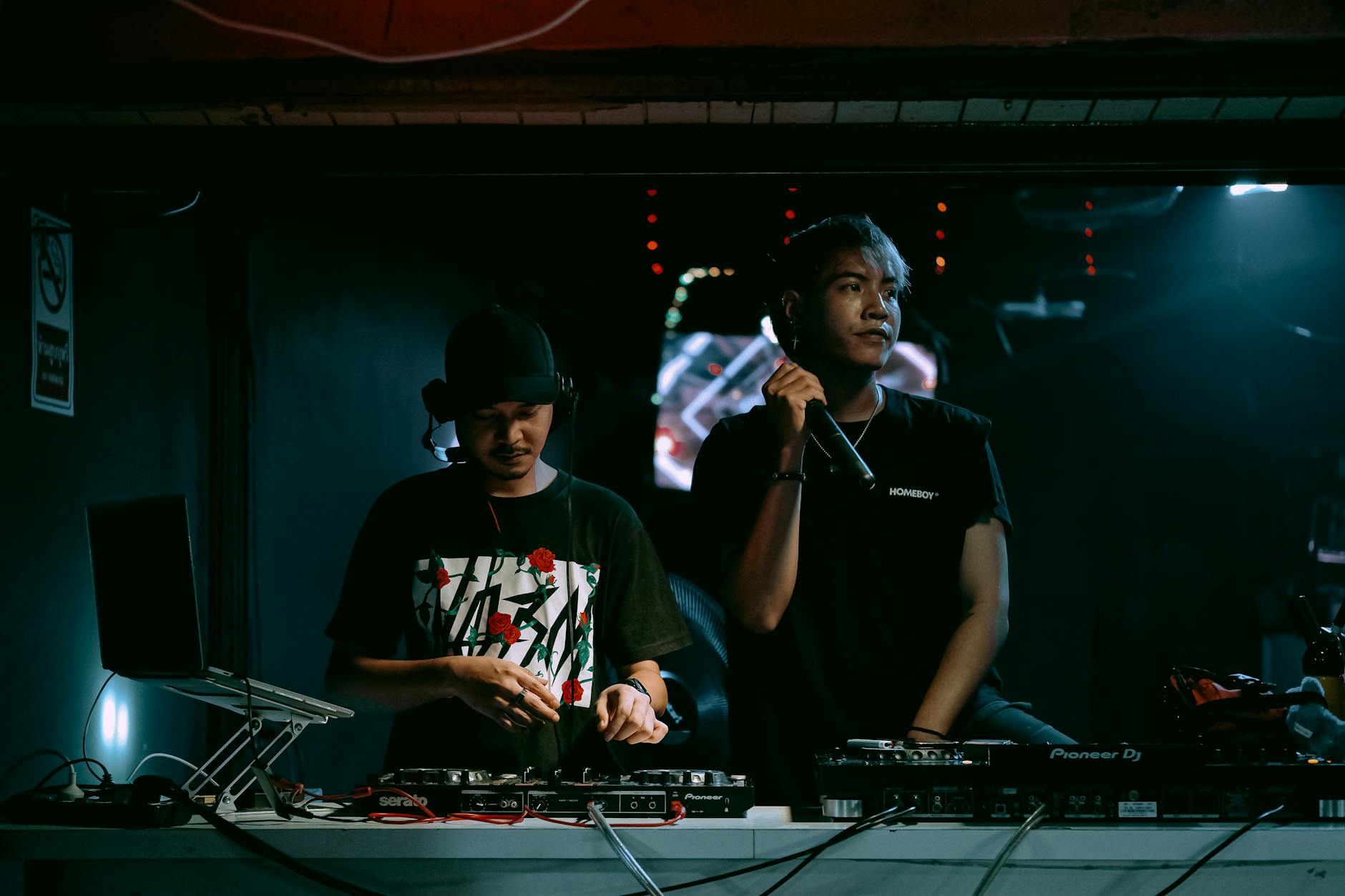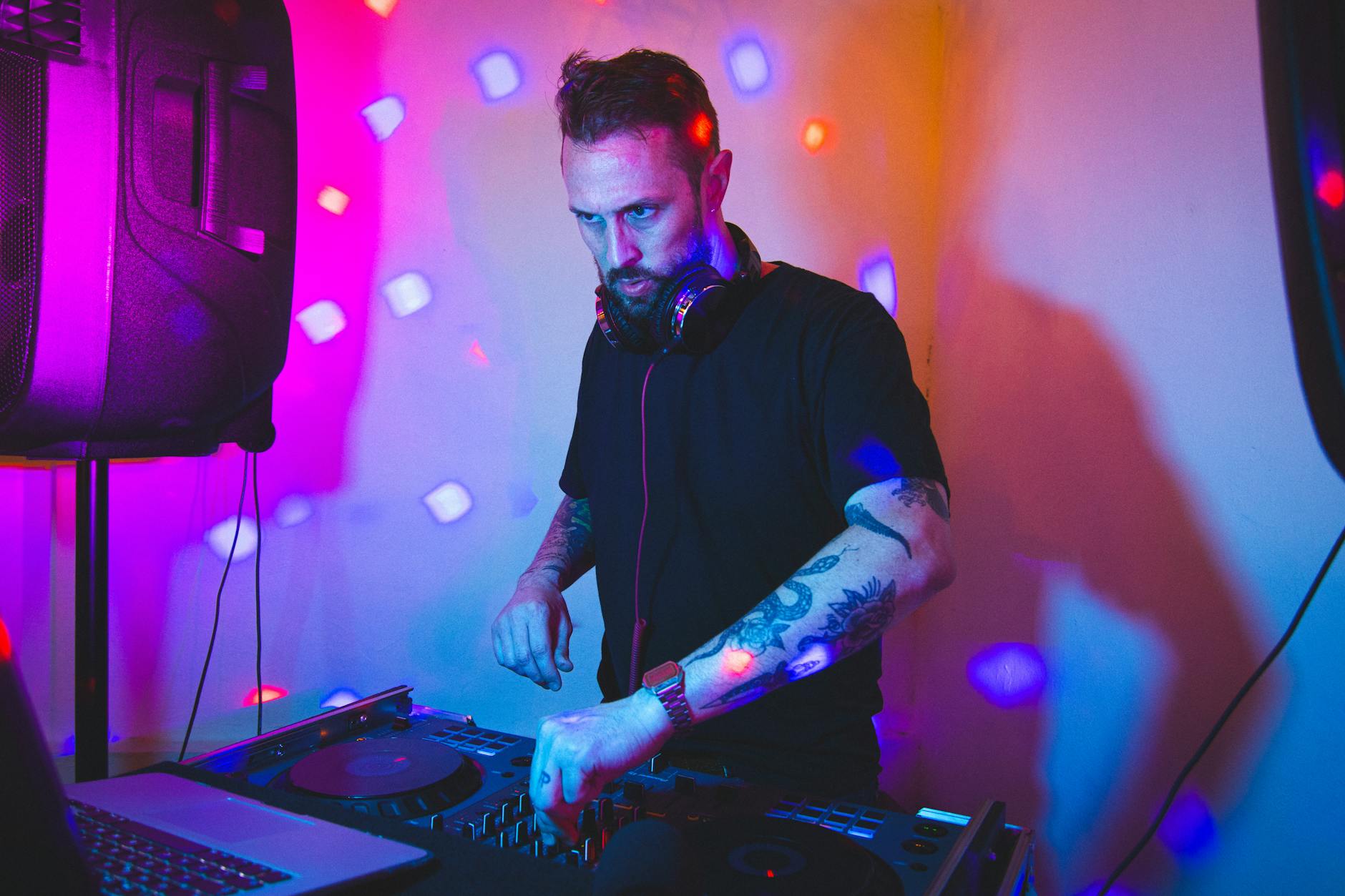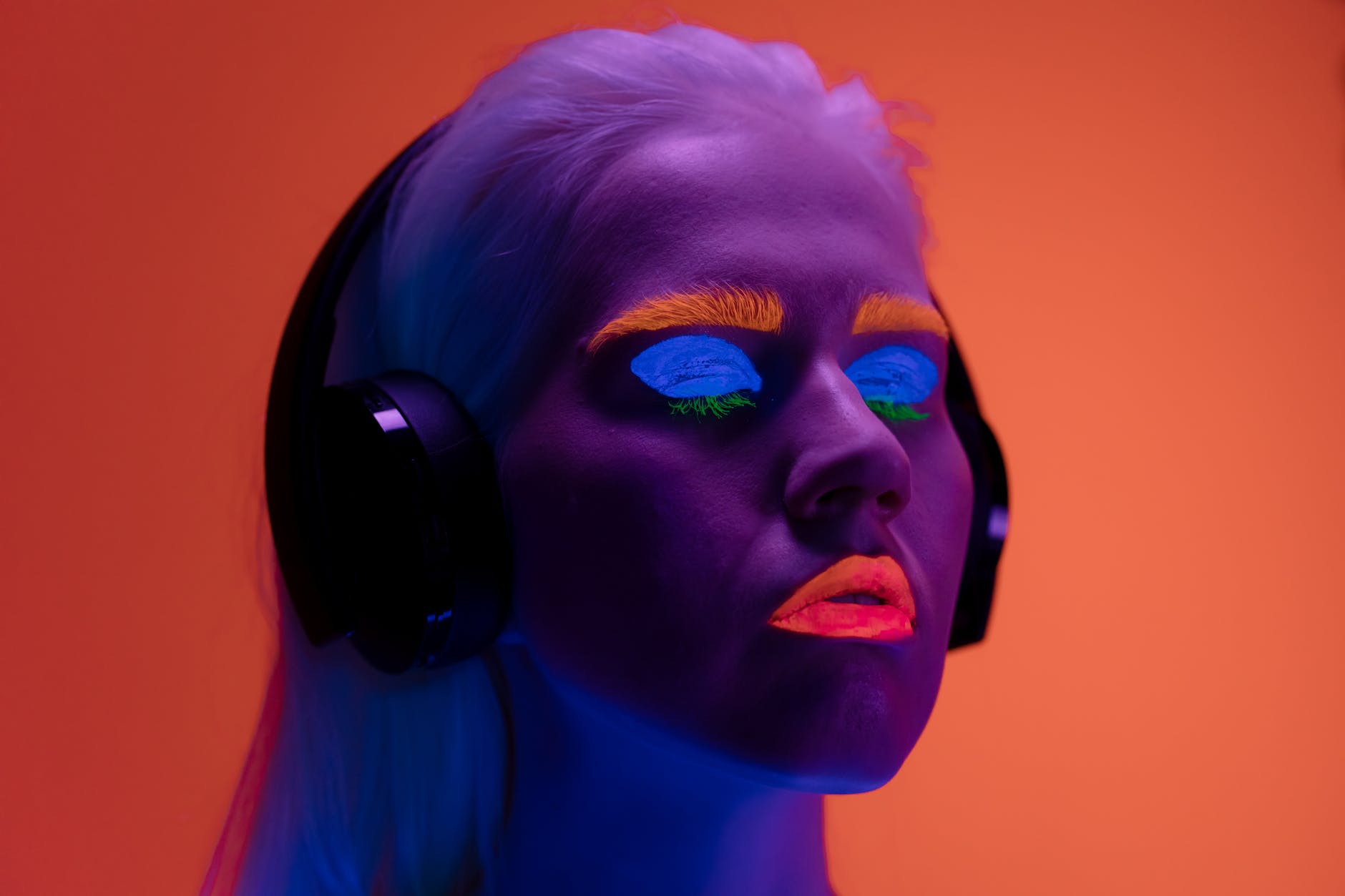The kaleidoscopic dimensions of time evaporate, replaced with a flurry of chromatic harmony and rhythm. This is the transformative essence of psychedelic music, comprising sub-genres such as psychedelic rock, acid house, and countless strands of electronic music. Mirrored in the notes and beats of this mind-altering soundscapes are social and cultural revolutions that have resonated across decades, permeating our current era.
The beginnings of psychedelic music trace back to the 1960s counterculture movement, most predominantly represented by music festivals epitomized by the legendary Woodstock. The Grateful Dead, a band synonymous with the psychedelic rock movement, played an instrumental role in shaping the music and the subculture surrounding it. The ‘Deadhead’ phenomenon, which refers to their zealous fans, represents one of the first identifiable subcultures linked with psychedelic music.
The Deadheads, who followed The Grateful Dead from gig to gig, held countercultural values rooted in community, authentic experience, rejection of commercialism, universal peace, and mind expansion – often aided by the use of Psychedelics. The countercultural climate of the time greatly influenced their musical expression, creating vast sonic landscapes that encouraged listeners to lose themselves in the experience, a distinctive characteristic shared by much of the music in the genre.
Another iconic band of the era, Pink Floyd, was known for their extraordinarily profound explorations in sound. Their music served as a conduit for listeners to traverse into unexplored spaces of their minds, offering deeply immersive musical journeys. Their influence is undeniably rooted in psychedelic rock, but their reach has extended far beyond and continues to resonate in today’s music scene.
As we moved on from the psychedelic rock era, the 1980s ushered in a wave of electronic music with a distinct psychedelic influence, in the form of acid house. This genre is characterized by its repetitive beats overlaid with hypnotic, swirling synthesizer lines, creating a trance-like state of mind akin to the previous experiments in psychedelic rock.
The raves and the rabbit-hole clubs became the congregational locations for this subculture, which held great significance in the social fabric of the time. The rave scene was also marked by countercultural values, mirroring those of the Deadheads with emphases on togetherness, universal acceptance, peace and love. Adding to the connection, raves often included psychedelic visuals to enhance the sensory experience.
Nowadays, the influence of psychedelic music is evident across a broad spectrum of music genres, from indie to pop to heavy metal. The music festivals of today continue to hold the tenet of the counterculture movement, fostering unity, peace, love and, in many ways, a psychedelic experience.
However, as we move further into the 21st century, the meaning and usage of the term ‘psychedelic music’ has expanded. It is no longer confined to the specifically mind-altering and hallucinatory soundscapes of the 60s and 80s. Instead, it now encompasses various modern genres of music that incorporate elements like delay, distortion, and other electronic effects to attain a greater depth of sound.
The evolution of the psyche of the collective listener and the advancement in music technology has allowed psychedelic music to change and expand while maintaining its core values and impact.
Thus, it becomes clear that, from the streets of Haight-Ashbury during the Summer of Love to today’s modern music festivals, psychedelic music has not only influenced countless generations of musicians but also the subcultures it has created.
In conclusion, it is clear how psychedelic music’s mind-altering soundscapes have not only pioneered innovative music genres and sub-genres but also spawned accompanying subcultures that have significantly shaped social and cultural landscapes. As it remains influential, psychedelic music’s legacy will undoubtedly continue to vibrate through the ether of time, rocking our minds and souls, and manifesting itself in continually evolving windows of sound and subcultures.
Sources:
psychedelic rock,
counterculture,
Grateful Dead,
Pink Floyd,
acid house,
Woodstock,
electronic music,
raves,
music festivals








